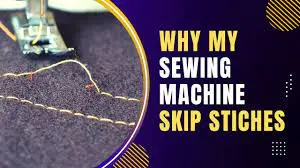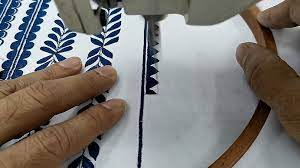
We will talk about Why Does My Sewing Machine Skip Stitches?
Introduction:
Sewing is a versatile and rewarding hobby, but it can be frustrating when your sewing machine starts to skip stitches. These skipped stitches can result in uneven seams, loose fabric, and an overall unsightly finish. However, there’s no need to panic. Skipping stitches is a common issue in the sewing world, and it’s usually something that can be easily fixed. In this blog post, we’ll explore the various reasons why your sewing machine might be skipping stitches and provide solutions to help you get back to smooth and trouble-free stitching.
- Needle Issues In Sewing Machine
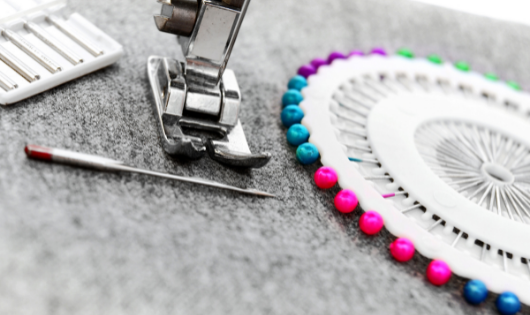
One of the most common reasons for skipped stitches is a dull or damaged needle. Sewing needles can become blunt over time, and bent or broken needles can also cause problems. To resolve this issue, make sure to:
a. Change the Needle: Replace the needle with a new one, making sure it’s the right type and size for your fabric and thread.
b. Install the Needle Correctly: Ensure the needle is installed properly and is facing the right direction, with the flat side to the back.
c. Needle Size and Thread Match: Ensure that your needle size matches the thread thickness; using a thin needle with thick thread or vice versa can lead to skipped stitches.
What is selvage in Sewing Machine
Thread Tension Issues In Sewing Machine
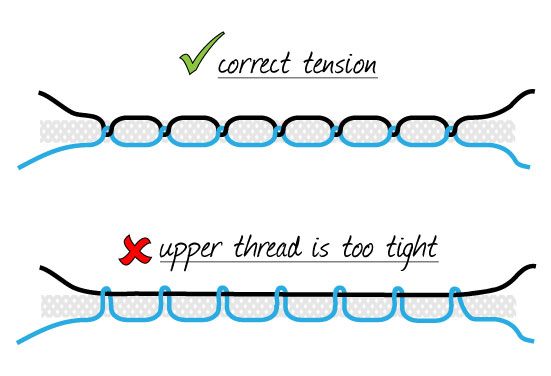
Incorrect thread tension can also result in skipped stitches. If the upper thread tension is too tight or too loose, it can cause issues. Follow these steps to fix it:
a. Adjust the Upper Thread Tension: Experiment with adjusting the upper thread tension dial. A balanced tension should result in the upper and lower threads meeting in the middle of the fabric.
b. Re-thread the Machine: Sometimes, simply re-threading the machine can solve the problem. Ensure the thread is correctly threaded through all guides and the tension disks.
- Bobbin Thread Issues In Sewing Machine
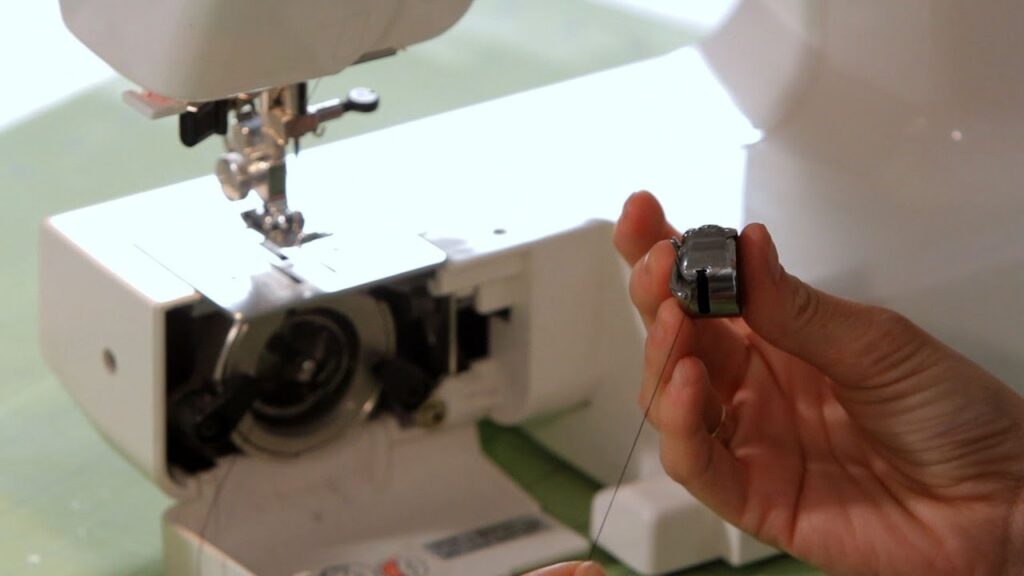
Issues with the bobbin thread can cause skipped stitches too. Check the following:
a. Properly Wound Bobbin: Make sure the bobbin thread is wound smoothly and evenly. Uneven winding can lead to tension problems.
b. Correct Bobbin Insertion: Ensure that the bobbin is correctly inserted in the bobbin case and that the thread is pulling in the right direction.
c. Clean the Bobbin Area: Lint and debris in the bobbin area can disrupt the thread’s flow. Regularly clean the bobbin area to avoid such issues.
- Fabric and Needle Compatibility
Different fabrics require different needles. Using the wrong needle type for your fabric can result in skipped stitches. Ensure that you’re using a needle suitable for the fabric you’re working with.
- Machine Maintenance (How to take care of your sewing machine)
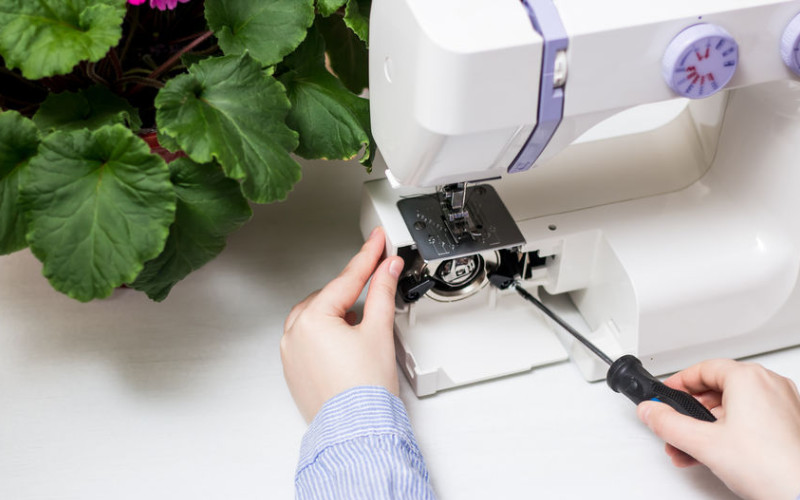
Regular maintenance is crucial for keeping your sewing machine in good working condition. Here are a few steps to consider:
a. Oiling and Cleaning: Follow the manufacturer’s instructions for oiling and cleaning your machine regularly.
b. Check for Burrs: Examine the needle plate and hook for any burrs or damage that might be catching the fabric.
c. Timing Adjustment: If the skipped stitches persist, consult a professional technician to check the machine’s timing.
Conclusion
When your sewing machine starts skipping stitches, it can be frustrating, but it’s usually a problem with a straightforward solution. By understanding the common causes of skipped stitches and following the recommended solutions, you can ensure your sewing machine runs smoothly and your projects turn out beautifully. Regular maintenance, proper needle and thread selection, and correct tension settings are key to preventing this issue. So, don’t let skipped stitches discourage you; instead, use them as an opportunity to improve your sewing skills and knowledge. Happy sewing!
